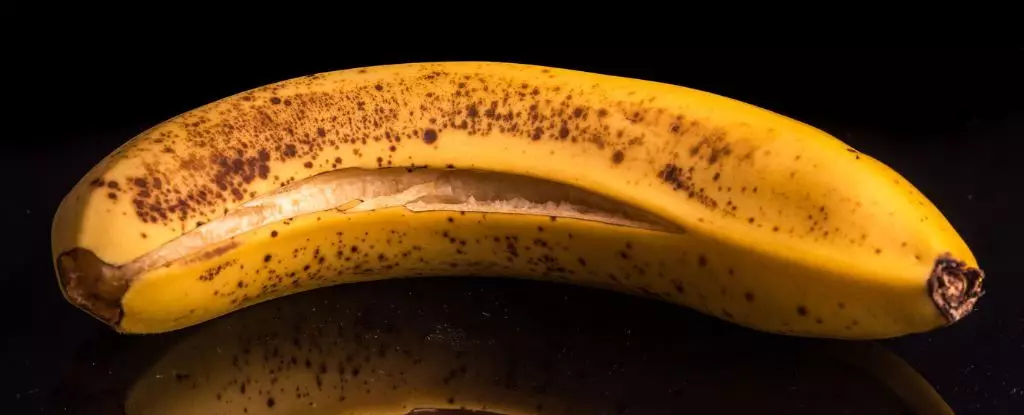Most people readily discard banana peels without a second thought, viewing them as nothing more than waste. However, emerging research suggests that these seemingly useless scraps may be a treasure trove of nutritional benefits. The recent insights into the culinary potential of banana peels not only challenge our traditional practices but also advocate for a more innovative approach to food consumption and sustainability.
At first glance, the idea of incorporating banana peels into our diets might raise eyebrows. Yet, studies have demonstrated that with the right preparation—such as blanching, drying, and grinding—banana peels can be transformed into a valuable flour. This banana peel flour holds the promise of enhancing various baked goods, potentially offering a flavor profile that rivals traditional wheat-based options. The growing interest in vegan cooking and sustainable eating habits has opened the door to this unconventional ingredient, prompting us to reconsider what we often throw away.
A Nutritional Boost Beyond Taste
Taste tests conducted with products made from banana peel flour showcased remarkable findings. Participants reported satisfaction comparable to that of conventional sugar cookies, highlighting that banana peels can indeed elevate the flavor of baked goods. Moreover, when incorporated into recipes, banana peels introduce a wealth of beneficial nutrients. They are rich in dietary fiber, essential minerals such as magnesium and potassium, and various antioxidant compounds, making them a valuable addition to our diets.
Despite their numerous advantages, it’s essential to approach the incorporation of banana peel flour with a degree of caution. Preliminary tests showed that excessive amounts could lead to less desirable results—specifically, cookies that tended to be overly dense and brown due to the high fiber content. However, the research indicates that a sensible balance exists; batches with approximately 7.5% banana peel flour maintained an attractive texture and flavor. This finding paves the way for further exploration into the ideal proportions for numerous baked creations.
While initial research primarily focused on cookies, the implications for broader culinary applications are vast. Various baked products, including bread, cakes, and even pasta, stand to benefit from the inclusion of banana peel flour. A recent study on banana peel cake highlighted that the skin not only provides nutritional enhancements but also acts as a natural food coloring agent, adding a delightful touch to otherwise plain baked goods.
Additionally, research has shown that substituting a portion of wheat flour with banana peel flour can significantly boost the nutritional profile of bread. Specifically, a 2016 study discovered that replacing up to 10% of wheat flour with banana peel flour increased the protein, carbohydrate, and fat content. These findings underscore the versatility of banana peels and their potential to transform various recipes into healthier alternatives.
The commitment to using banana peels isn’t just about health; it also speaks to broader environmental concerns. Approximately 40% of a banana’s weight is in its peel, and this portion often ends up in landfills, contributing to food waste. By finding innovative ways to use these peels, we can minimize waste while enriching our diets.
Furthermore, banana peels possess antioxidant and antimicrobial properties, which may provide extended shelf life to certain food products. Similar benefits have been noted in other fruit peels, like mango skin, further reinforcing the notion that many discarded items could be reinvented into culinary staples.
As society moves towards more sustainable food practices, reconsidering what we classify as waste can yield surprising benefits. The next time you peel a banana, think twice before tossing away the skin. With proper culinary techniques, those banana peels can be transformed into an enriching addition to your diet—providing taste, nutrition, and a means to reduce food waste. Our approach to cooking and food consumption is evolving; let’s embrace this change and unlock the hidden potential of ingredients we’ve long overlooked.



Leave a Reply